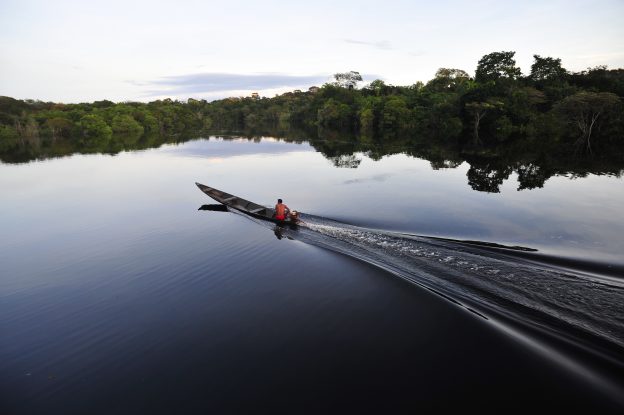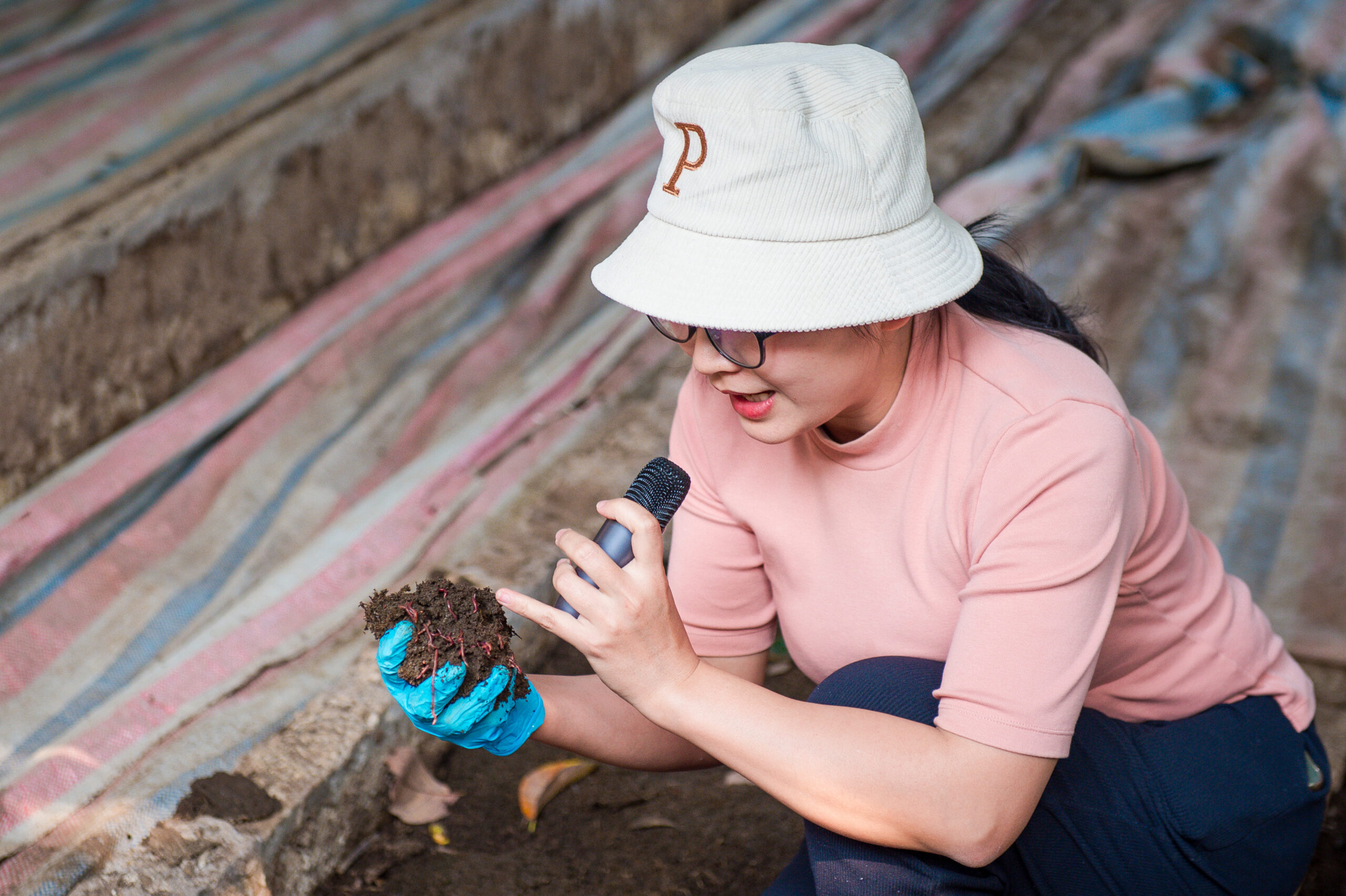Not even Jennifer’s children know where she hides her chikanda.


The small, brownish orchid tubers are highly valued as a cultural delicacy among the Bemba people who live in the Luwingu district of northern Zambia.
They’re mashed with groundnuts to create a dish that’s the consistency of meatloaf, and the result is “really delicious,” says Amy Ickowitz, Senior Scientist at the Center for International Forestry Research. “It’s not like anything I’ve ever tasted before.”


Ickowitz and her team had the chance to sample a wide range of traditional dishes using forest foods as part of a research project called Nutrition and Trees in Sub-Saharan Africa.

FOOD FAIRS
In Luwingu, they interviewed mothers with children under five about what they and their children had eaten the day before, and where the food came from — whether it was bought, grown, farmed or gathered wild. Then, they teamed up with a local nutritionist to organize a series of food fairs around the district, inviting community members to gather to prepare traditional food and compete for prizes.
Women gather to compete in a forest food cooking competition in Luwingu, Zambia.
The events also provided an opportunity for the nutritionist to make dietary recommendations to the communities based on the patterns the team observed in their research.


DIVERSE DIETS
The process helped the researchers to understand how forest foods contributed to local diets. They found that despite being financially very poor, the communities they studied had relatively diverse, healthy diets, and that the wild foods gathered from the forests played a significant role.
An example of the diverse and nutritious foods women harvest from the forest.
For instance, the research showed that while the communities’ access to meat was quite limited overall, they were able to obtain more meat from the forests than from any other source, such as from markets or domestic livestock.
This mostly took the form of bush rats and mice, as well as a variety of caterpillars – the only food type that Ickowitz confesses she was too squeamish to try! The forest also provided an important source of fruit and green leafy vegetables, both of which are key for good nutrition.




FORESTS AND FOOD
While more research and analysis is required to make wider claims, Ickowitz says work like this is beginning to build toward “a bigger picture that if you take a broad view of food security, which is not just about staple foods and calories, but also about the quality of people’s diets, then we can see that in some places, forests play an important role.”
In many parts of the world, deforestation is justified by politicians and businesses in terms of enhancing food security by making space for staple crops. But “cutting down forests for food security is actually in many places quite likely to have the opposite effect. Because without the forests, people will lose access to a lot of the healthy foods that they currently use,” she says.
Wild-gathered mushrooms featured in many of the dishes presented at the fairs.
In Luwingu, Ickowitz made a point of asking women if they had noticed any differences in forest food availability since their own childhoods. In some communities, little change had been observed. But in others, women noted that population pressure and larger-scale harvesting for markets was affecting the foods’ availability from year to year. Some expressed concern about whether their children would still be able to gather and eat these cherished forest foods into the future.
For now, at least, it seems that Jennifer’s chikanda spot is safe – a secret held between her, a handful of researchers whose lips are sealed, and the forest itself.












